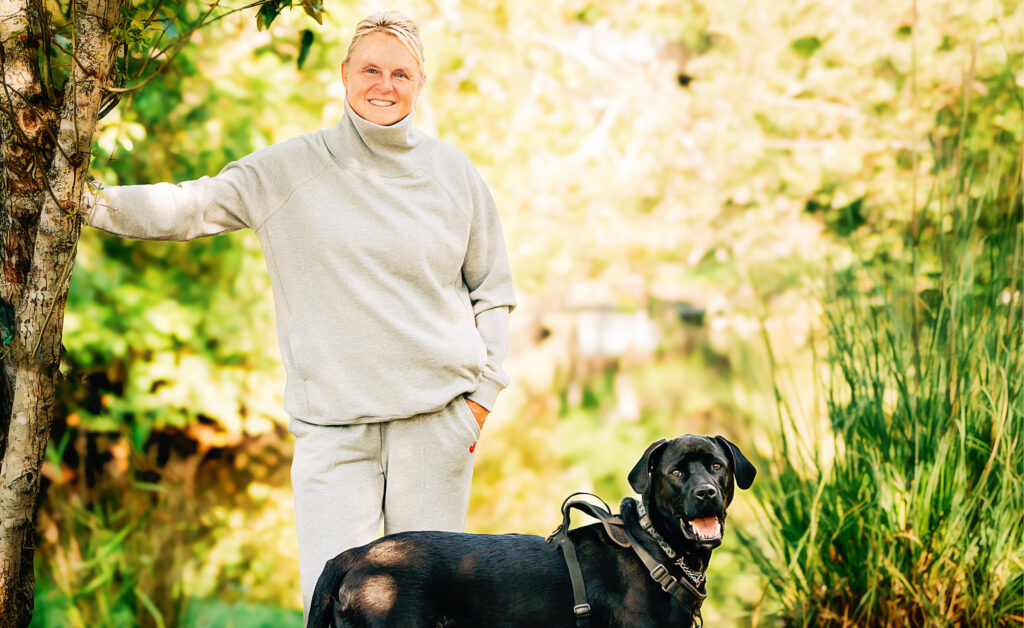by Paula Kully –
I love to dine out. For me, gone are the days of slaving away in the kitchen to create a meal that is devoured within 15 minutes, only to be followed by hours of cleanup. At this stage in my life, I would much rather leave all of that to the professionals. But, if you are like me, I am always a bit concerned about the food handling practices in restaurants.
After talking with Joanne Lum, Senior Environmental Health Officer at Vancouver Island Health Authority, my mind has been set at ease. She provided reassuring insight on what really goes on in the kitchens of our local restaurants and the stringent food safety practices that are regulated by the Provincial Government Public Health Act.
Like any business, a restaurant must register their business with the province, obtain a municipal business licence and obtain any other permits needed to renovate or modify the building. If they plan to serve alcohol and provide entertainment, a liquor licence and music and entertainment licence is required.
However, the most important permit any restaurant must obtain is a Health Operating Permit through the local health authority. This not only applies to restaurants and cafés but extends to any business handling food such as: delis, grocery stores, bakeries, care facilities, food carts and even special events where food is served. The application process requires the applicant to provide a floor plan, a food safety plan, a sanitation plan, proof of Food Safe Level I certification, and a copy of the menu. In addition, an inspection is conducted by an Environmental Health Officer before a permit is finally issued.
An initial inspection of a new business involves a review of the floor plan and any renovations or modifications that were made to the building. Equipment is tested to ensure it is operating properly. An important example is to confirm that refrigeration and freezer units are at the required temperature. For commercial kitchens, frozen foods must be stored at -18°C and refrigerated food at 4°C to avoid any contamination. Dishwashers are tested to guarantee they are working properly with adequate heat, surfaces must be smooth and impervious so that they can be thoroughly cleaned and not absorb bacteria, and there must be sufficient hand sinks stocked with soap and paper towels for hand washing.
Joanne explains that operating a commercial kitchen is very different than your home kitchen. With a high volume of food preparation, refrigerators are opened more often which can cause interior temperatures to rise and affect food quality if not monitored properly. As well, refrigerators need to be repaired or replaced more often than you would a home unit.
Hand washing is one of the most important aspects of handling food and food safety. Joanne stresses the importance of adequate hand sinks in the appropriate areas of the kitchen and ensuring staff are educated on proper hand washing methods. This and other practices are taught through the Food Safe Level I certification program. Aside from the owner, at least one staff member on duty is required to have Food Safe, although many restaurants make this a requirement for all staff. This is an in-depth eight-hour course where students learn about foodborne illness, receiving and storing food, preparing food, serving food, cleaning and sanitizing. The certificate must be renewed every five years.
Aside from the initial inspection, restaurants and other food services facilities can anticipate periodic routine inspections. These are unscheduled and provide the inspector an opportunity to observe the restaurant’s practices under normal, daily circumstances. Upon completion, the inspector provides a ranking of low, medium or high risk. Enforcement is through education so, if there are issues of concern, the inspector works with the owner to correct them and bring them up to standard.
Although Joanne could not recall any serious violations in the Saanich Peninsula area (phew!), some of the most common issues inspectors generally encounter are poor food handling and inadequate refrigeration temperatures. As well, old buildings can be challenging as they simply weren’t designed for modern standards. In contrast, restaurants that have the highest rankings have adopted their own internal auditing system by either having their own staff or hiring an outside contractor.
Joanne stated that she enjoys working with communities on the Saanich Peninsula such as Sidney as “it is a small township that works on pride.” As a result, there are rarely any issues with the local eateries – just another reason we live in one of the greatest places in British Columbia!




